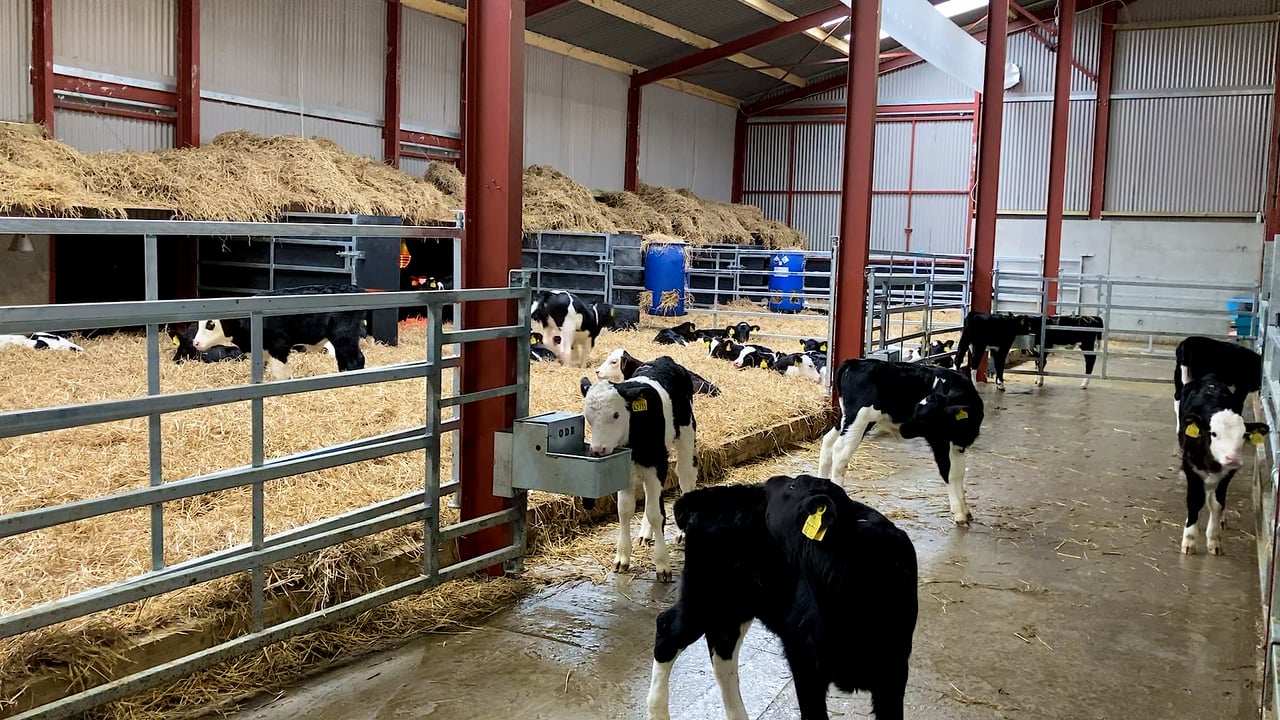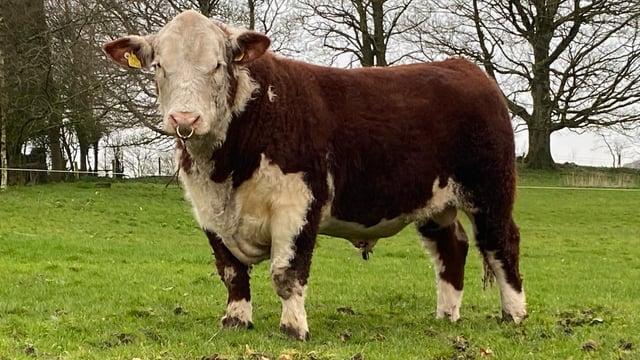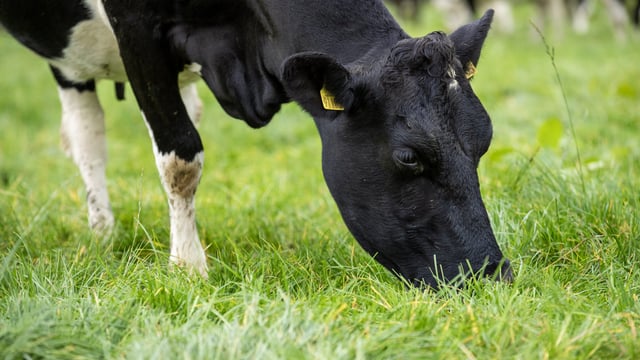Autumn calving: Minimising the risk of pneumonia in calves
As the autumn calving season has well and truly taken off, with more calves on the ground day by day, pneumonia is something to be wary of as we enter into the winter months.
Pneumonia is the second most common health problem affecting young calves, and it is the inflammation of the lungs which can cause permanent damage and even death.
In most scenarios, viral infection occurs first followed by bacterial infection with the high risk periods occurring after the grouping or mixing of calves, after weaning off milk or milk replacer, and in changeable weather conditions.
Pneumonia is the most common disease associated with housed calves. According to Teagasc, approximately 3% of calves born die from pneumonia in the first 12 weeks of life, meaning management in the first few weeks is essential.
Pneumonia was the most common diagnoses at necropsy in cattle in the Regional Veterinary Laboratories Report during June 2024.
Pneumonia is often caused by a number of different things and so, is often described as a multifactorial disease and these factors have to be minimised.
Factors leading to pneumonia are as follows:
- Viruses;
- Bacteria;
- Poor colostrum intake;
- Poor hygiene in pens;
- Poor housing/ ventilation;
- Presence of older animals;
- Over-crowding/stress;
- Presence of of BVD virus;
- Poor nutritional status.
It typically takes two to three days for the initial infection to develop into pneumonia, but calves can take a turn quite quickly, which means that early diagnosis is crucial for successful treatment.
Initial signs of pneumonia may include, as follows:
- Reduced feed intake;
- Being 'off form';
- Dullness, dropping ears;
- Hollow sides;
- Fever of over 39.5℃;
- Cough;
- Increased respiratory rate (later sign);
- Watery discharge from nose and eyes (later sign).
By the time the later signs are visible, the disease is advanced. Where there are only one or two calves showing obvious signs of pneumonia, there is a likelihood that a few more in the group are in the early stages of infection.
Therefore, careful observation of calves is needed and it is best to observe when they are resting, rather than at feeding, as early signs of pneumonia may be hard to detect when the calf is hungry.
When calves are detected as sick, they should be treated and isolated on their own until recovery. Vaccination and providing good ventilation is a must and using antibiotics if necessary is crucial.
Antibiotics are ineffective against viral infections, but in cases where bacterial involvement is suspected, antibiotic treatment is required.
In rare cases, lungworm may be causing pneumonia in young calves and these will not respond to antibiotic treatment.
In order to prevent pneumonia from occurring, good hygiene is needed at calving, followed by removing the calf immediately from the calving pen.
The calf is going to need good quality colostrum after birth and continue to receive that colostrum for four to five days after birth.
Deficiencies in Vitamin E and selenium will weaken the animal's immune system, and so any nutritional deficiencies should be checked for.
Appropriate calf housing with good ventilation, plenty of air, no draughts and well bedded dry lying area is crucial - make sure that effluent can get away from underneath calves.
Prevent scour and manage outbreaks properly if they occur and BVD should be prevented in the herd through culling and testing practices.
If you are grouping calves, make sure to group them by age and size to make management and feeding easier and to keep the group stable.
A vaccination strategy should be implemented on the farm with calves being vaccinated from two weeks of age - usually two shots, four weeks apart, followed by a booster before the next risk period.





